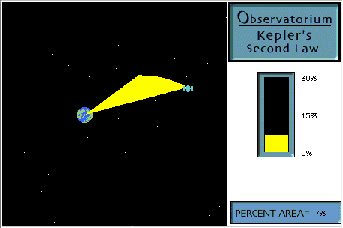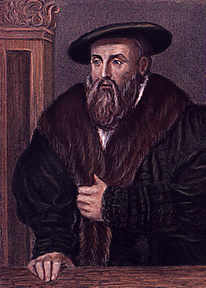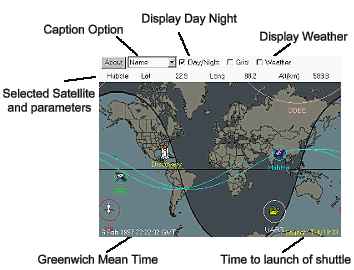Tutorial written by Mariusz Kovler, School of Physical Sciences, Curtin University, Perth, Australia.
http://www.curtin.edu.au/curtin/dept/phys-sci/
gravity/index2.htm
This tutorial covers a range of topics, including Newton's Law of Gravitation, rotational and satellite motion, Kepler's Laws, gravitational potential energy, and modern physics application of gravitation (Black Holes and gravitational waves.



